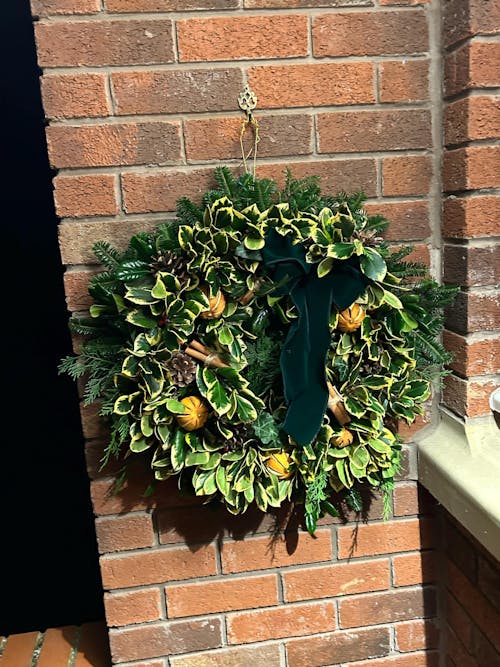Scientific Name
Phalaenopsis (bright-eyed plant)
Common Name
Moth Orchid, Moon Orchid, Mariposa Orchid
Origin
Native to Southeastern Asia and parts of Australia
Description
Moth Orchids come in many colours and sizes, from the miniature to the massive and from bright purples and pinks to delicate whites and peaches. Look after your orchid and you'll be rewarded with stunning blooms and bold foliage! Orchids like to feel the air in their roots, and like to have some light on them too, which is why they often come in transparent pots which let the light in. In their natural habitat, they grow on trees, so their roots are not used to burying themselves in soil. This is why orchid soil has added bark, and why you might get roots sticking out of the soil (aerial roots)!
Light
In Spring and summer, give your orchid plenty of bright, indirect light (direct sun can burn it, causing the leaves to go red, and dry out the flowers); in autumn and winter, it will benefit from a splash of morning or evening sun to help it through its dormancy in the colder months. A north- or east-facing windowsill would have a good level of light.
Water
As orchids like their roots to be free, you can use the root colour to check whether they need watering! Silver roots are thirsty roots, while green shows that they are happy and don't need water. They will prefer tepid water as cold water can shock them and damage the flowers; they also dislike tapwater so boiled water or rainwater will be better for them. Bottom watering or misting the roots directly are good ways to water orchids as that will make sure no water is sat in the orchid's leaves. Do not leave your orchid in soggy soil, though! If you're bottom watering, remove the leftover water once the plant has drunk its fill, and mist any airborne roots so they don't dry out.
Humidity
Moth Orchids like high humidity, so will benefit from the introduction of a pebble tray or from misting (as long as they aren't left with water in the folds of their leaves). Make sure you don't keep them too close to a radiator or in a draught!
Soil
Use an orchid soil or add plenty of bark to your soil for best results with your Moth Orchid. If you want to be more adventurous, they can grow straight on bark or in moss, or a combination, as this will also resemble their natural habitat. More potbound orchids will produce more flowers; when you do repot, don't squish all the aerial roots in as they will prefer being free, and use a transparent orchid pot the next size up to keep them happy.
Food
Use a fertiliser designed for orchids for best results; they need plenty of phosphorus and nitrogen for flowering! Feeding into the roots is fine but can lead to a build-up of nutrients on the roots so it can be more effective to feed your Moth Orchid through its leaves, spraying the feed onto the top of the leaves where their stomata, the 'mouths' they breathe through, can absorb the nutrients. Feed every couple of weeks in the growing season and every month in autumn and winter.
Temperature
Ideal daytime temperature is 16-30°C; make sure it does not get colder than 15°C in winter. A 5°C drop in temperature overnight will benefit your orchid, and especially in autumn, will help encourage it to flower again the following year.
Pet-safe
Yes, but too much nibbling won't be good for pets, small humans or the plant!
Sprouts Top Tips
Keep an eye on the colour of your Orchid's roots to spot potential issues as well as when to water; yellow roots mean it's in too bright a spot and starting to get sunburnt, while brown roots are a sign of root rot, meaning they have been overwatered far too much.
When deadheading, never cut off the flowering shoot if it's still green as you would be cutting off buds! When trimming the flower spike after blooming and once it is no longer green, trim about an inch (2.5cm) above the second notch from the base.
Did you know?
Moth orchids are the easiest type of orchid to re-bloom, so they are the perfect orchid if you haven't grown one before or want to gift one but aren't sure of your friend's level of expertise!
















![The 'Hot Toddy' Fresh Foliage Christmas Wreath [Made to Order]](https://cdn.shopify.com/s/files/1/0490/2774/3905/products/the-hot-toddy-fresh-foliage-christmas-wreath-240111_500x500.jpg?v=1637626402)














